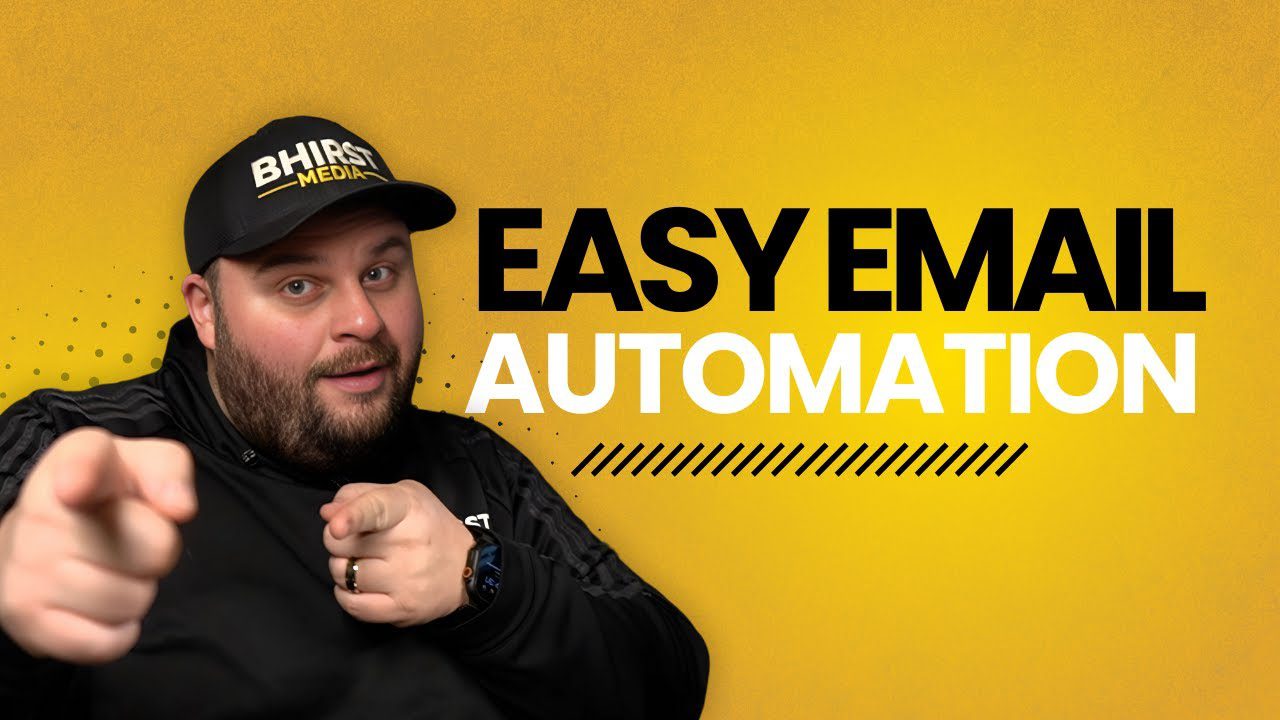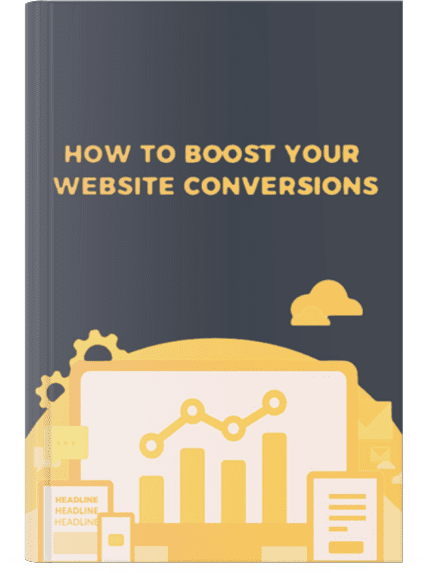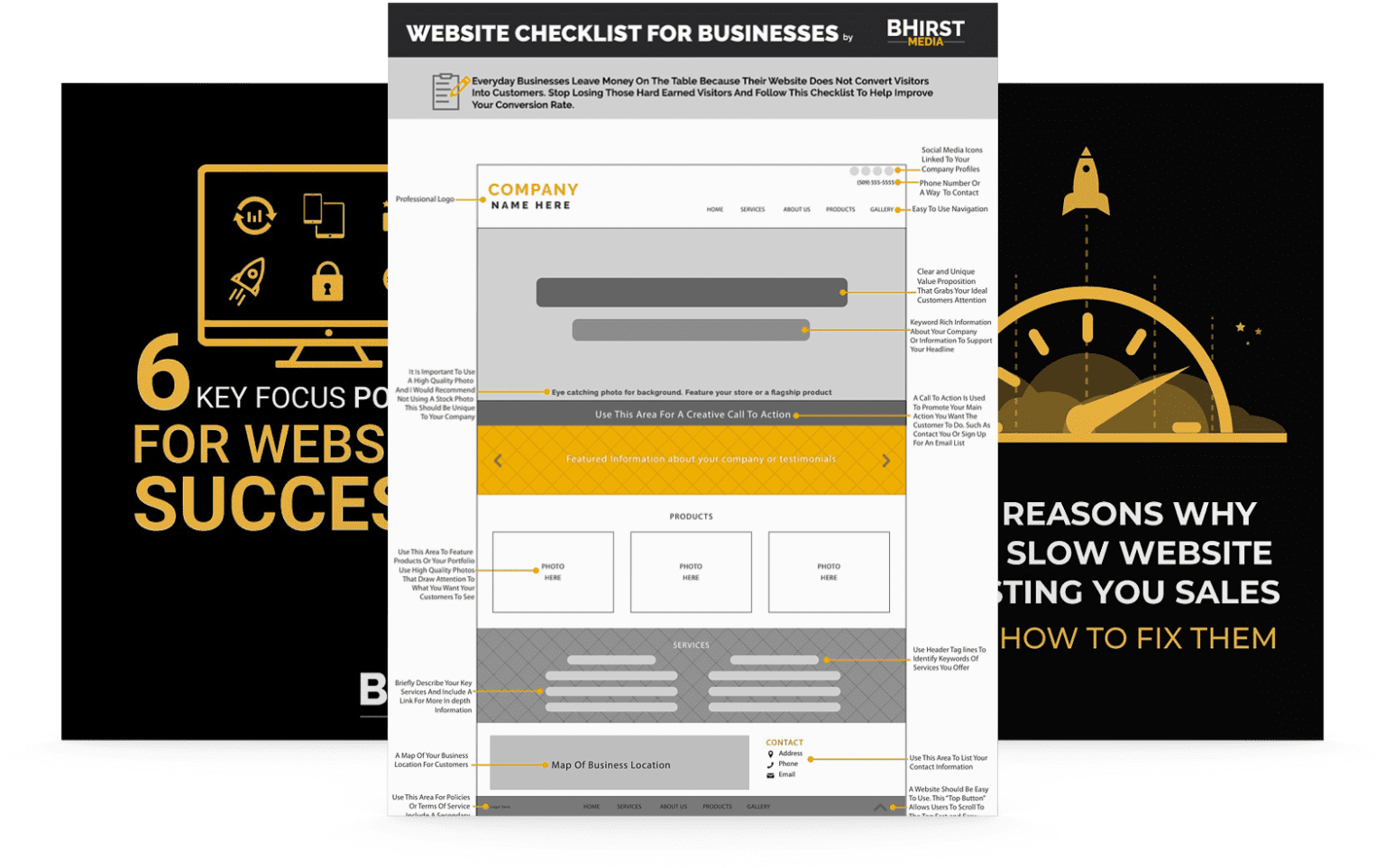
A well-crafted email welcome sequence is vital for building strong customer relationships and ensuring high conversion rates. Below are the essential strategies and actionable insights to elevate your welcome email campaigns:
Implementing these best practices ensures your email welcome sequence fosters stronger customer relationships, higher engagement, and sustained conversions. In the sections ahead, we’ll explore detailed examples, templates, and advanced strategies to supercharge your email marketing efforts.
Did you know that an effective email welcome sequence can increase your conversion rates by up to 50%? In today’s crowded inbox, capturing and retaining customer attention isn’t just a necessity—it’s an art form.
A well-crafted welcome email series can set the tone for ongoing customer engagement, build trust, and significantly boost your bottom line. If you’re a small business owner, marketing manager, or entrepreneur aiming for stronger customer relationships and higher conversions, understanding the intricacies of welcome email best practices is essential.
Let’s delve into how you can craft an email welcome sequence that not only entertains but converts from day one, ensuring your business thrives in an increasingly competitive landscape.
An email welcome sequence is a series of automated emails sent to new subscribers immediately after they sign up for your email list. This initial interaction is designed to introduce subscribers to your brand, deliver immediate value, and set the stage for future engagement. Welcome emails are critical because they form the first impression of your brand, potentially influencing the subscriber’s decision to engage further or opt-out entirely. They are your chance to make a compelling case for why subscribers should remain within your email ecosystem, and many experts agree that these are among the most opened and clicked emails.
To illustrate, consider a healthcare clinic seeking to engage new patients. A welcome sequence could introduce the clinic’s services, share patient success stories, and provide valuable health tips. Similarly, a financial services firm might use a welcome sequence to offer a free budgeting template, introduce their investment philosophy, and invite subscribers to a webinar.
Research indicates that welcome emails have an open rate as high as 86% and generate click-through rates that are significantly higher than regular campaigns. The reason behind such high engagement metrics is the timing and relevance of the content delivered. Subscribers are most attentive immediately after opting into your list, making this the perfect moment to impress and educate them about what they can expect from you moving forward.

Effective welcome emails start with personalization. Address the subscriber by name, acknowledge the source from which they subscribed, and tailor content based on known interests or behaviors. For instance, if a subscriber opted in from a blog about gardening, starting your email with “Welcome, [Name], as a fellow green thumb enthusiast…” immediately captures attention.
Segmentation further enhances this approach by categorizing subscribers based on actions, interests, or purchase history. By segmenting your list, you can send more relevant content. Here are some practical ways to achieve this:
Personalized welcome emails can lead to a 15-50% boost in click-through rates (CTR), significantly improving your first interaction’s impact.
Immediate value is the cornerstone of a successful welcome email. Subscribers expect something of value for subscribing, be it a discount, educational content, or exclusive access to resources. Here are some strategies to deliver that value:
Example: A fitness small business might send a welcome email that includes an exclusive 30-minute yoga session video for new subscribers, setting the tone for ongoing engagement.
These strategies not only please subscribers from the get-go but also foster a sense of loyalty by delivering tangible benefits.
The subject line is your first and often only chance to grab attention. It needs to be intriguing yet clear, reflecting the value inside. A/B testing different subject lines can provide valuable insights into what resonates with your audience. Here are some recommendations for crafting subject lines:
The body of your welcome email should be concise, engaging, and informative:
A typical email welcome sequence usually includes three to five emails, sent over a period of days or weeks. This allows you to nurture the relationship while keeping subscribers engaged. Each email should build upon the last, providing more value and nudging subscribers towards a specific action:
For instance, an environmental science organization might structure their welcome sequence to highlight their conservation efforts and encourage donations. A legal firm might use it to offer a free consultation and introduce their areas of expertise. A consumer goods company could provide usage tips and announce exclusive deals.
Timing plays a pivotal role in email welcome sequences:

An effective email welcome sequence can transform how your brand connects with new subscribers, building trust and engagement right from the start. By combining personalization, storytelling, and structured sequences, your business can capture attention and drive conversions. Real-world examples prove the power of well-crafted welcome campaigns, so there’s no better time to supercharge your email marketing efforts and watch your customer relationships thrive.
Looking ahead, businesses that prioritize customer-centric onboarding and data-driven optimization will lead the way. From healthcare providers enhancing patient engagement to e-commerce platforms refining personalized recommendations, the future of welcome email sequences lies in adaptability and innovation. The question isn’t just about sending a welcome email—it’s about crafting an engaging, value-driven experience that fosters lasting relationships and drives long-term success. The time to act is now: how will you redefine your welcome email strategy to stay ahead in an increasingly competitive landscape?
